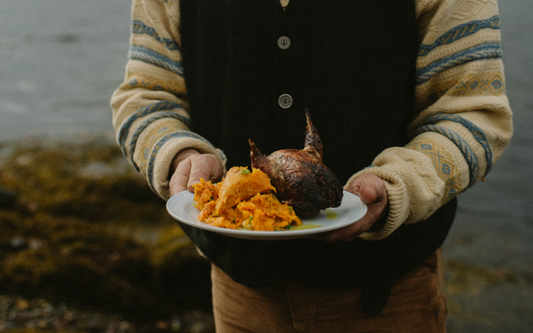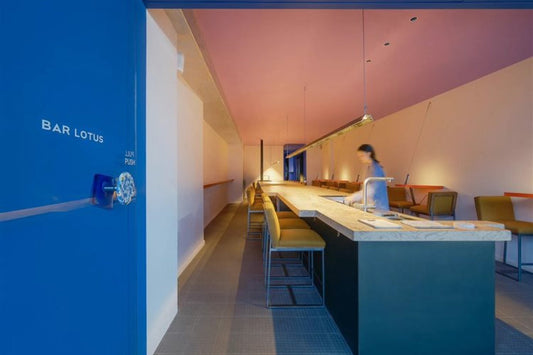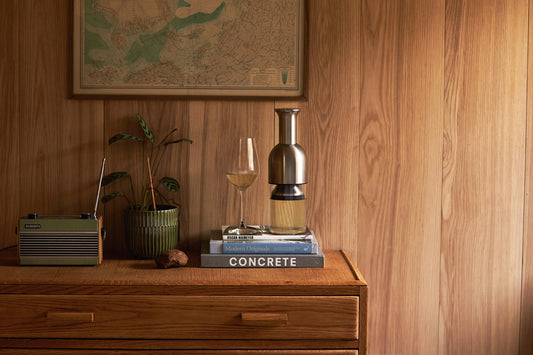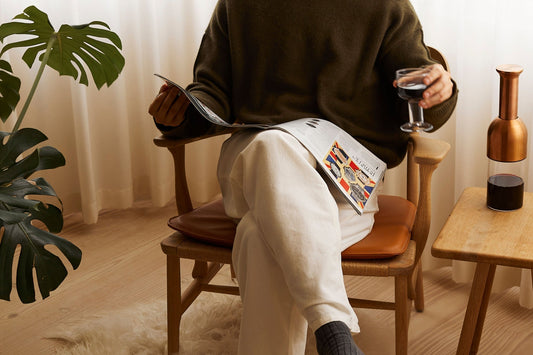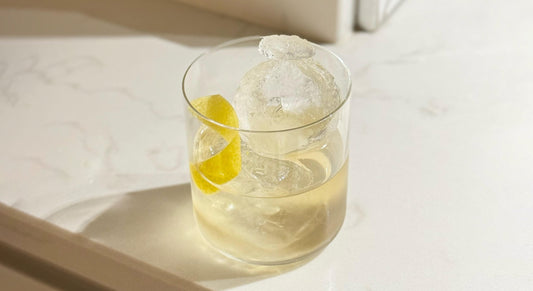The Journal.

FOOD
At Home With Gil Héry
23.11.25
•4 min read
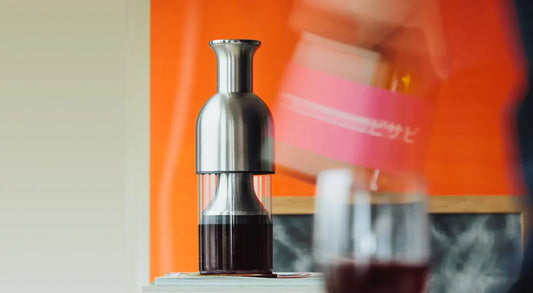
LIFESTYLE
At Home with ETO: Jordan Bunker
31.10.25
•4 min read
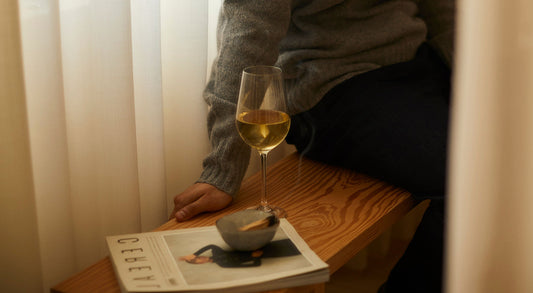
LIFESTYLE
Tasting notes: October
23.10.25
•2 min read

WINE
The wines, they are a-changin'
09.10.25
•4 min read
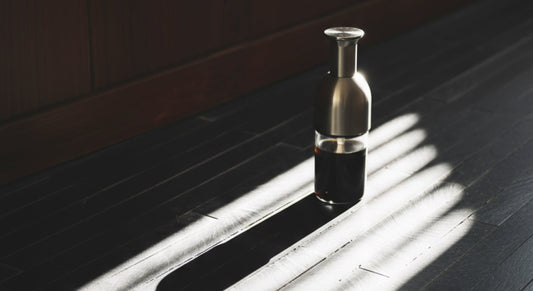
WINE
Grenache: The Unsung Hero of the Wine World
16.09.25
•3 min read

WINE
How to drink Burgundy – and why drinking Burgundy is changing
31.07.25
•5 min read
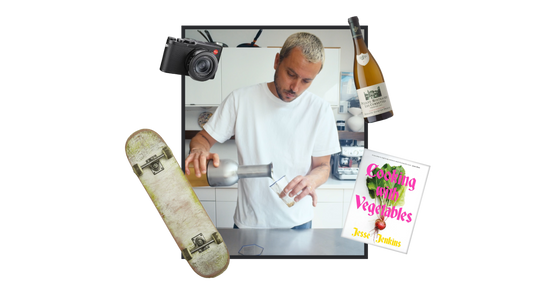
ALL
From Skateboarding to the Stove: Jesse Jenkin's (ADIP) Journey Through Food and Craft
02.07.25
•3 min read
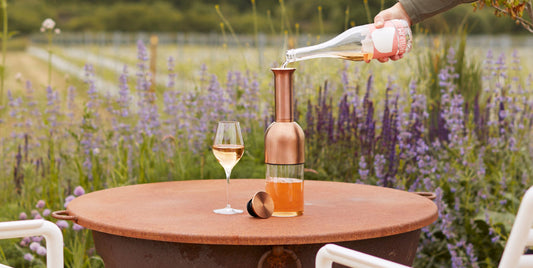
WINE
A day at Artelium: Where art and food meets wine in the Sussex Downs
11.06.25
•3 min read

